"Sabotage" is based on a short story by Joseph Conrad. The film is very raw and very early Hitchcock and he breaks several of his own film making rules. Even though the film is raw, it is also very sophisticated and Hitchcock's signature is all over it. It is admittedly not one of my favorite films of his, but that doesn't mean it's not enjoyable or interesting. It is a thriller and has compelling characters and typically Hitchcockian moral ambiguity throughout. throughout.in hopes to gain a greater understanding of the overall film.
These questions come from a film teacher and are written from the perspective of aspiring film students and film makers. I found these questions difficult to answer, but I still think they make for an interesting read.
if you have not seen the film, or need to refresh your memory, I advise you to see it by clicking the link below, as the following will contain spoilers.


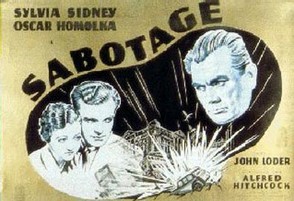


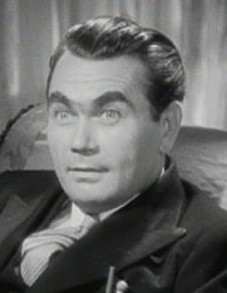
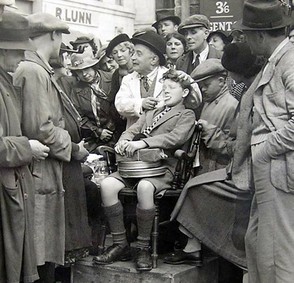
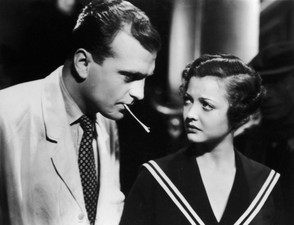
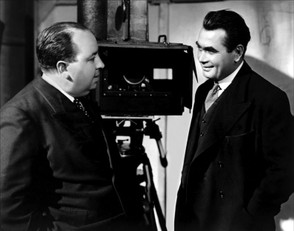
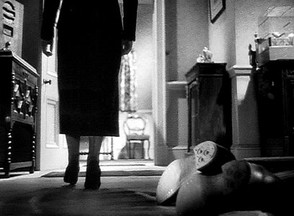









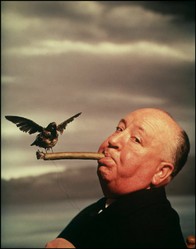

 The Night My Mother Met Bruce Lee, a Brief Opinionon 07/09/2012
The Night My Mother Met Bruce Lee, a Brief Opinionon 07/09/2012
 A Close Look at Emily Grierson From "A Rose for Emily"on 06/12/2012
A Close Look at Emily Grierson From "A Rose for Emily"on 06/12/2012
 A Close Look at Joyce Carol Oates' short story "Where are you Going, Where Have you been?"on 05/30/2012
A Close Look at Joyce Carol Oates' short story "Where are you Going, Where Have you been?"on 05/30/2012



Comments
Thanks Katie. HItchcock is really fun to think about too. He's so creative and interesting in all he does.
Very interesting view on sabotage, I enjoyed reading this and reflecting on Hitchcock.
Thanks so much for reading, Colin!
Thanks so much, Audrey... and I'll be publishing more here on Wizzley soon.
Wow--Justin--nice article. I love Hitchcock!
Wow, Flora. What a terrific analysis. Thanks so much for your insights!
I enjoyed reading your answers to the questions about Sabotage. I would have to think a long time about how I would answer them. I have seen this film often-I own a copy-and I agree that I was upset about the bomb going off with the boy and the dog. I couldn't say if I am bothered more about the puppy. But every time I see it, I find myself screaming at the boy to get off the bus, even though I know waht happens.
I find humor as satire in this film, but not funny ha-ha humor in this myself. North By Northwest in particular had laugh out loud and for an extended period of time lines. I never laughed in this film, though I smiled wryly.
One thing about the Who Killed Cock Robin? Since you are asking people to watch the film in its entirety before readin gthis article, I can discuss the ending of Who Killed Cock Robin without feeling like I am spoiling anything. I always had a problem with the poem. It is satire for sure and on this basis I love it. But I was angry with the ending. Who killed Cock Robin? The Dove did. The dove as a real bird, not a fictional character, is the international symbol of *peace.* To have a fictional dove kill anyone, for any motive, is an irony I wasn't expecting the first time I read the poem. I did not see it as appropriate for children. Nowadays anything goes for children's literature, but when the poem was written, this was not the case. Versions children read of fairy tales were less graphic than the original versions which were meant to be read by adults. But I am not sure if the irony of the poem of that era fit the other children's books being written at the same time. Excellent.